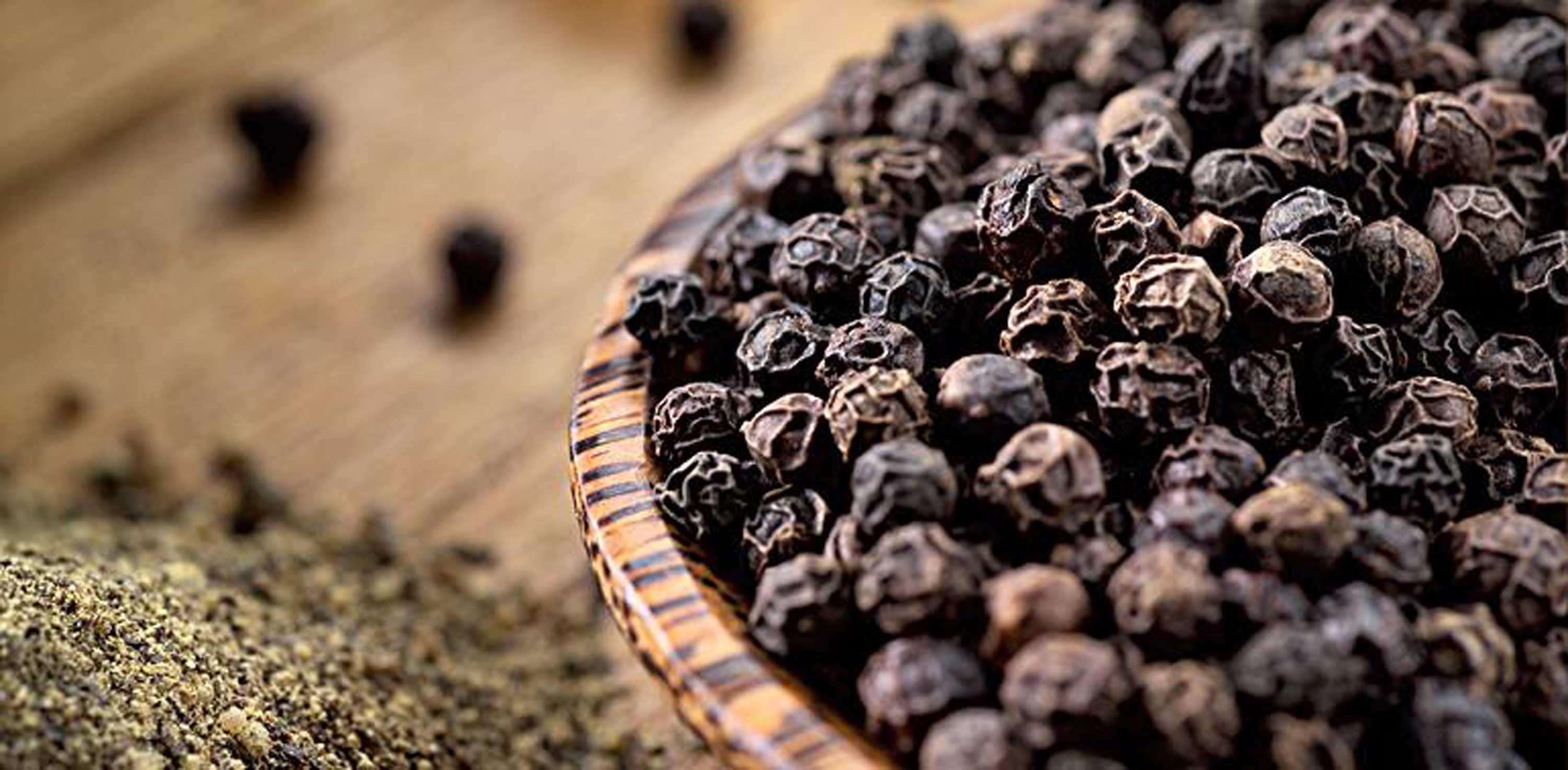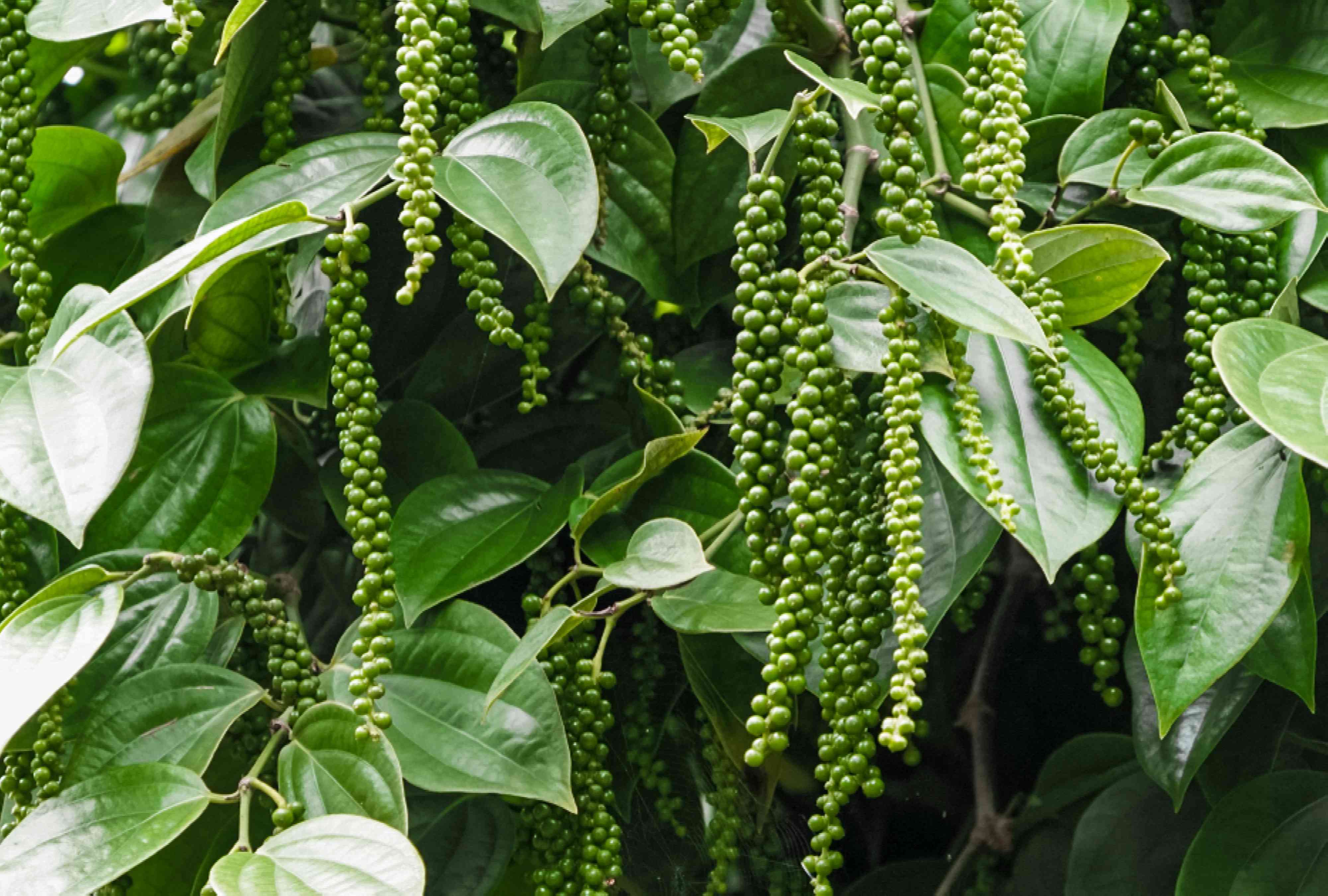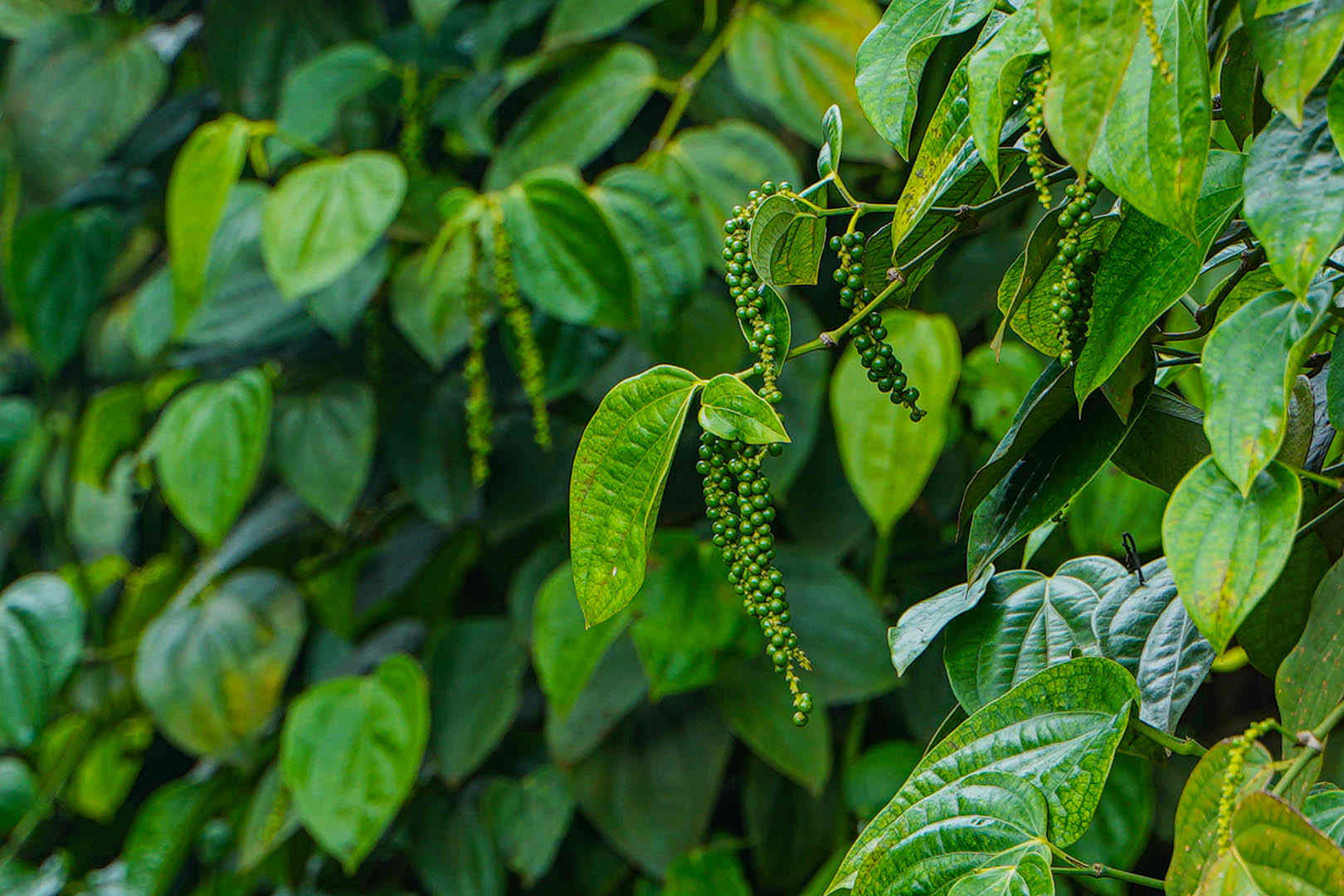Unveiling the Aromatic Majesty of Ceylon Cloves
Apr 22, 2024

Black Pepper
One of the earliest spices known to man. Known as the “King of Spices”. Largest commodity in the international spice trade. Pepper refers to a group of spices derived from different plants, primarily from the Piperaceae family. The most common type of pepper is black pepper ( Piper nigrum ), which is widely used as a seasoning and spice worldwide. Other types of pepper include white pepper, green pepper, and pink or red peppercorns.

Crop botany
Family : Piperaceae
Genus : Piper
Species : Piper nigrum
Vine
Leaves
Inflorescence
On plagiotropic branches
Fruit (Berries)
Globose drupes

Best Growth Conditions for cultivation
Climate and Soil:
Pepper plants thrive in tropical climates with a temperature range of 75°F to 95°F (24°C to 35°C). Not less than 1,750 mm per annum They require well-drained soil rich in organic matter. Areas with prolonged drought, should have facility for irrigation. Sufficient rainfall during the flowering season will ensure good pollination. The ideal pH range for pepper cultivation is between 5.5 and 6.5.
Wind
Elevation
Cultivars
There are 10 local lines have been identified by the Department of Export Agriculture
Propagation
Type of cuttings
Three types of stem cuttings can be used for vegetative propagation
Terminal stems
• for field planting
Lateral branches
• grow as a bush
Basal runners
• Provide excellent planting material
Nursery Management of Pepper
Bamboo Method
Split section of bamboo of suitable length
Fill the rooting medium in to two halves
Place it an angled position beside a young growing pepper vine
Heap Method
Two parallel trenches are dug at a distance of about 1m apart (EW direction)
Width - 0.3 m • Length – convenient length
Each trench is filled with a mixture of equal parts of,
Top soil
Cattle manure
Coir dust
Sand
Add 1% of Supper phosphate
A soil heap is made between two trenches at an angle of 450 to 600
Some compaction is needed to remain the heap for few years
About 5 cm thick layer of rooting medium (coir dust : cow dung in equal parts) is spread and maintain over the heap
Rooted cuttings are planted at 15 cm interval on the trench
Provide shade and water daily
Apply nutrient solution every 15 days
1kg Urea, 0.75kg conc superphosphate, 0.5 kg MOP and 0.2 kieserite in250 l of water